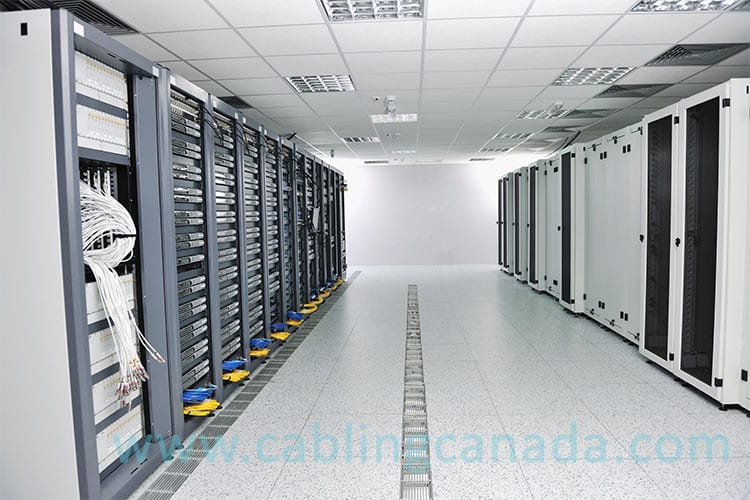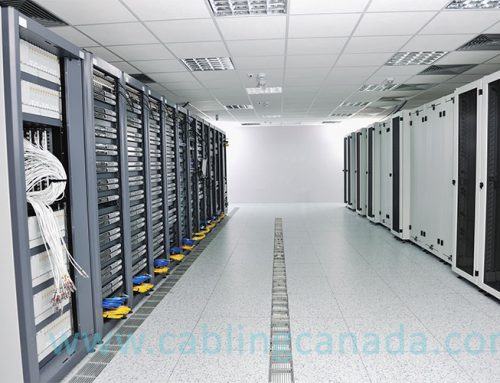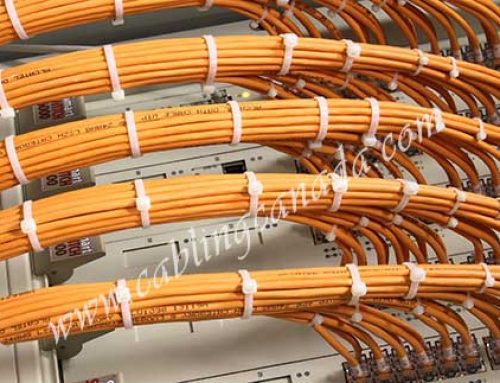All you need to know about Structured Cabling!

Ever wondered what structured cabling system is? Well, if you want to get a deeper insight regarding the complete intricate system of cabling and the related hardware, then you are just at the right place. We are going to skim through the concepts of structured cabling and how it’s related to network, data and fiber cabling!
In simpler terms, structured cabling is a complex network which is responsible for the provision of the basic telecommunication services. It is the backbone and base of the telecommunication infrastructure which gives us the telephone services or is responsible of transmission of your data through the plexus of computers. All of it is interlinked to each other just like the complex neural network in our brain. The magnificent wonders of science have made this infrastructure possible which serves a diverse range of uses and is not at all device dependent.
Now plunging deeper into the technical meaning of the structured cabling system, this system begins at the specific location where the service provider (SP) ends. This point is also referred to as the point of demarcation (demarc) or Network Interface Device (NID). But do keep this in mind that not every structured cabling system is the same. It varies according to the type of building, the cable and products, the function of cable and even the types of equipment this system is going to support. It also varies according to demands and needs of customers and even the warranties offered by the manufacturer. While installing these cable systems, one standard installation procedure is followed. Normally there are different government organizations which are responsible for the provision of these standard procedures which are important for the consistency of performance, for same documentation of all cable installations and also for making any future changes in the system.
With the advances in modern technology, no doubt many companies have shifted on wireless technologies instead of using the cables for transfer of their data. But there is still a need of using cables of various types for specific purposes. These network cables are customized for fulfilling specific needs. These network cables differ in their thickness, size and even the material they are made of.
Following are a range of network cabling systems which differ according the type of cables being employed for the data transfer:
Twisted Pair Cabling Sytem
This cabling system is employed mainly for Ethernet and it has also been used for 100 Mbps after considerable changes. For Ethernet, around eight cables are wound around each in pairs and then used.
Fiber Cabling Sytem
Fiber Optics are the intricate and delicate fine fibers of glass which are use light. They can be twisted and bent. They are highly durable and widely used in wide area network (WAN) installations. They are specifically useful when the date has to be transferred over a considerably long distance specially underground. There are two type of fiber cabling systems depending on whether single mode or multi-mode fiber is being used.
In small areas for example while installing a structured cabling system in a house or a building, the term which is normally used is called as “local area network (LAN)”. There are other technical terms like metropolitan area networks (MANs) and wide area networks (WANs) which are used according to the size of area employing network cabling system.
While laying out the network of Structured cabling in a typical area, things like installing entrance facilities, vertical and horizontal backbone cables, work area outlets and setting up equipment rooms is kept in mind.
The entrance facility includes the cabling components needed to provide a means to connect the outside service facilities to the premises cabling. This can include service entrance pathways, cables, connecting hardware, circuit protection devices, and transition hardware.
Backbone cabling
The term “backbone cabling” is used when the network of cables branches out from one location to another. It means that from the source, the cable is being supplied to the neighboring buildings and from one portion to another. The data is being transferred from one junction to another through interjunctions and cross connections, and there is practically a wide web of cables. Backbone cabling is of two types : Inter-building and intra-building, depending whether the data cabling system is between two different buildings or within a single building.
Various hardware, facilities and cables are used while laying out these cabling systems. These include different coaxial copper cables, fiber cables, cross connections, and grounding hardware. These cabling systems are long lasting but typically they can last from five to ten years depending on the type of material used and the quality of the cables being used in the structured cabling system.
Thus, all these cabling systems employ one basic component: CABLES. These cables are sometimes made of copper and sometimes made of optical fibers which carry data travelling through light using it as a medium. These data cabling systems are designed according the requirements of a particular location or a building. The data cables are protected by different coats of plastic and are sturdy enough to withstand the different high temperatures they might face underground or above the ground. The quality of data cables plays a crucial role in determining the life of a particular cabling system.
Thus, structured cabling system employs a range of different cables which are used for a diverse range of applications. All the long distance telecommunication services being provided to us are the result of these efficient data cabling systems which are able to transmit the data in high-speed between different areas. We owe so much to this wonderful science behind the smooth and unhindered working of structured data cabling system which leads to transmission of data in miraculous ways!



